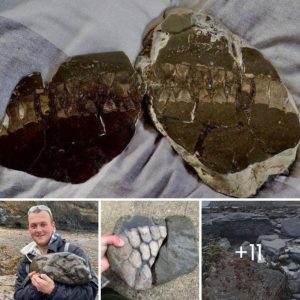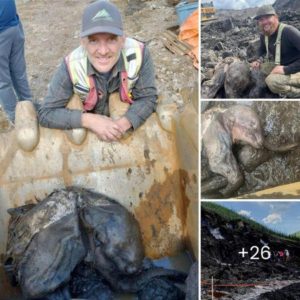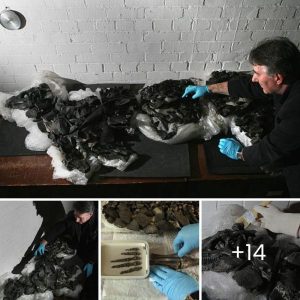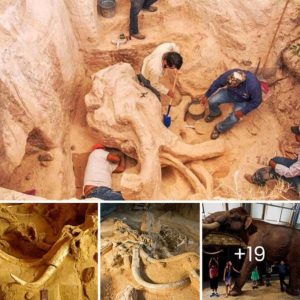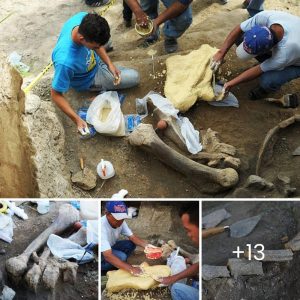A significant discovery has been made at the Huaca Tupac Amaru B site near Lima, Peru, where eleven pre-Hispanic tombs, some dating back more than 1,400 years, have been unearthed.
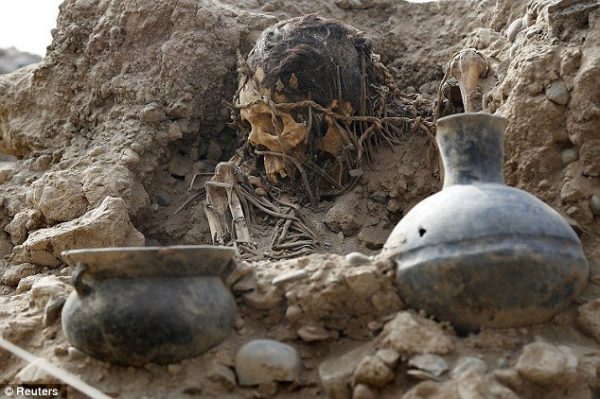
The excavation work was initiated near the national sports village in Lima, and archaeologists unveiled the findings, which include well-preserved graves containing eleven pre-Hispanic bodies. The skeletons are believed to belong to the Lima and Yschma cultures.
Archaeologist Fernando Herrera, leading the project, reported that three sets of remains belong to the Lima culture, which thrived between A.D. 200 and 700.
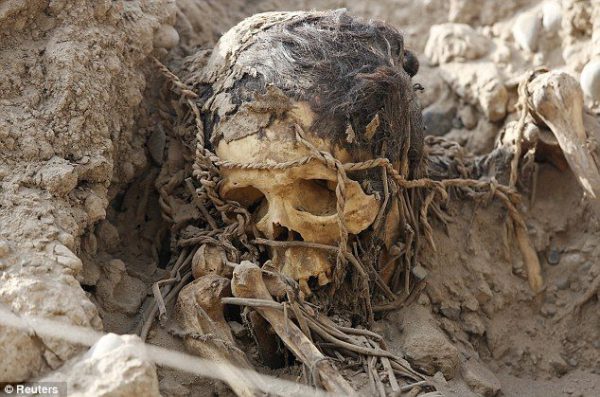
The remaining eight skeletons are associated with the more recent Yschma culture, dating between A.D. 1000 and 1400.
Each skeleton was discovered lying on a bed of woven reeds, tied with braided rattan (a palm species), and covered by one or more cloths. The burials included ceramics, textiles, fruit tree leaves, and agricultural tools.
The archaeological site, spanning 400 square meters, is located a few meters from the stadium where Peru’s national football team trains.
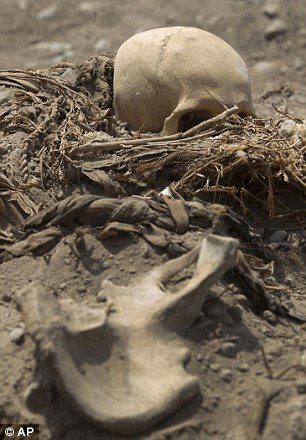
The first skeleton was discovered in December, and subsequent finds occurred in January. The archaeological team believes there may be more remains at the site and continues the search.
The discovery adds valuable insights into the Lima culture, a pre-Hispanic civilization for which limited information is available.
Lima’s rapid urbanization has contributed to the obscurity of this culture compared to contemporaneous civilizations like Nazca and Moche, which developed in other coastal regions of present-day Peru.
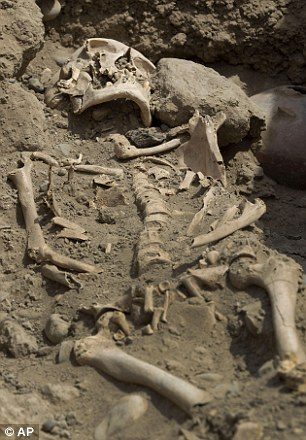
The newfound tombs near the sports center are expected to contribute to a better understanding of the Lima culture, filling a gap in knowledge about this ancient civilization.

